How To Teach Writing To 2nd Graders
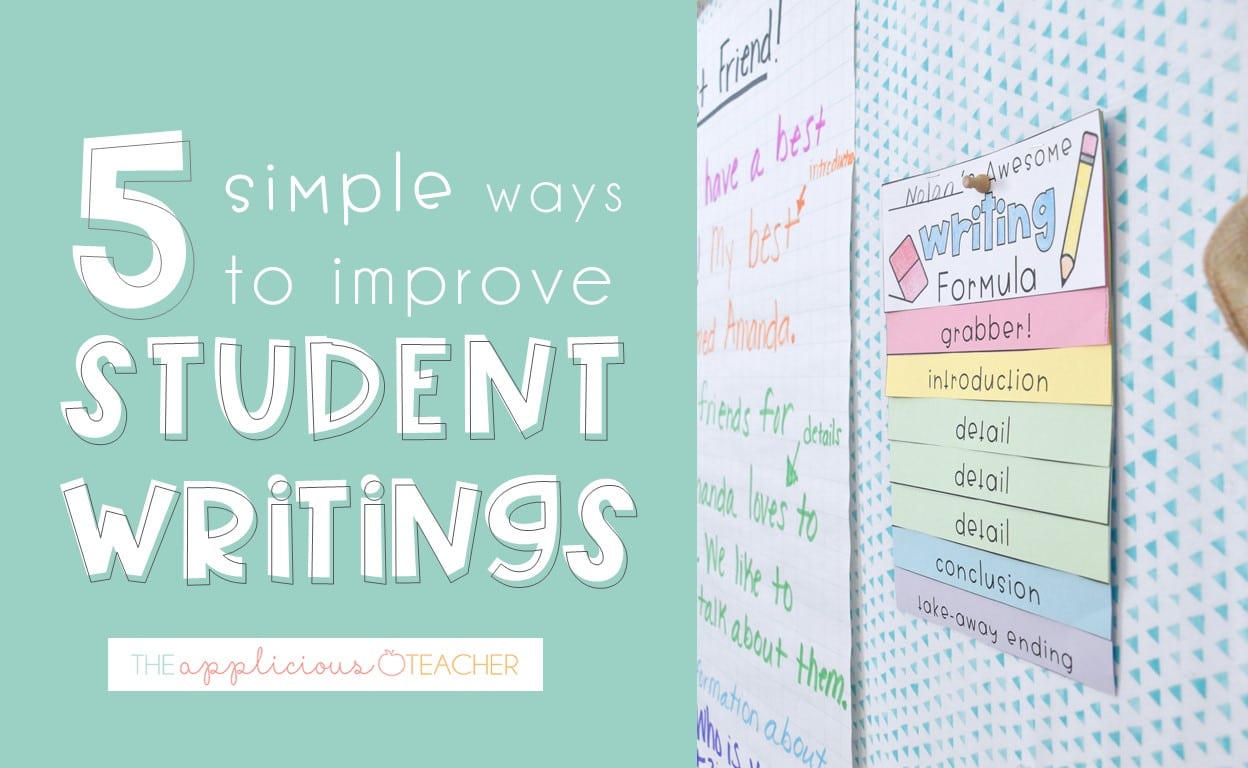
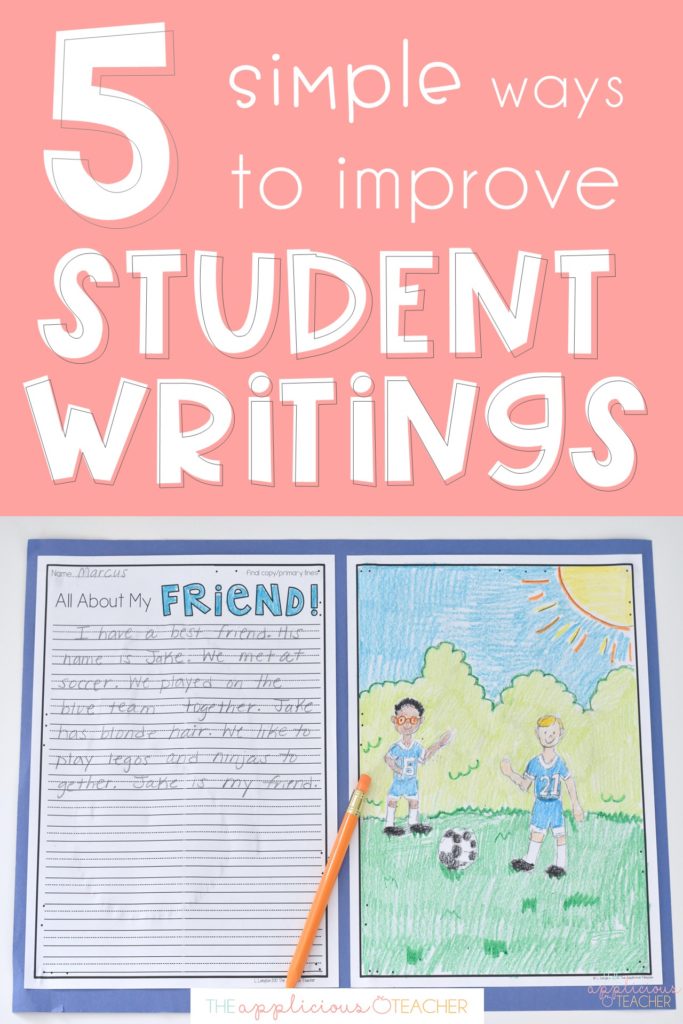
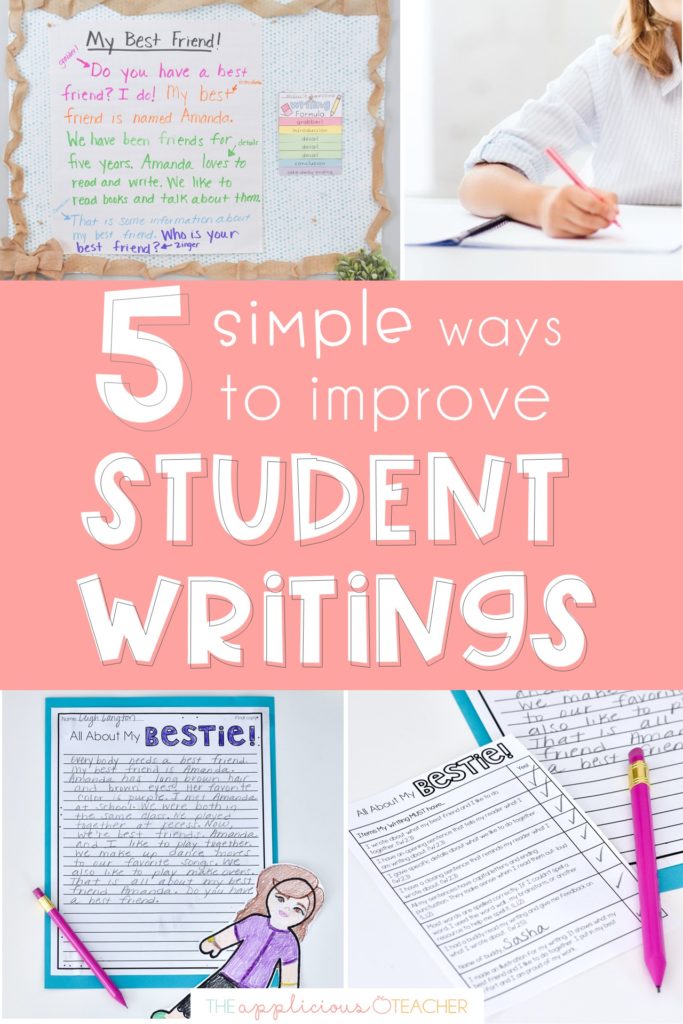
Time for some real talk… Writing is always (I mean ALWAYS!) an area of "opportunity" for my fresh-faced second graders. I've decided that writing must be the "summer slip" for first graders. They are out of practice! But, what could I do as their teacher to help rebuild and expand on their writing? I found that my students have tremendous growth and maturity in their writing after I used just few quick tips! We're talking five-paragraph essays from 8-year-olds, peeps! So today, I'm sharing five easy tips for improving students' writing!
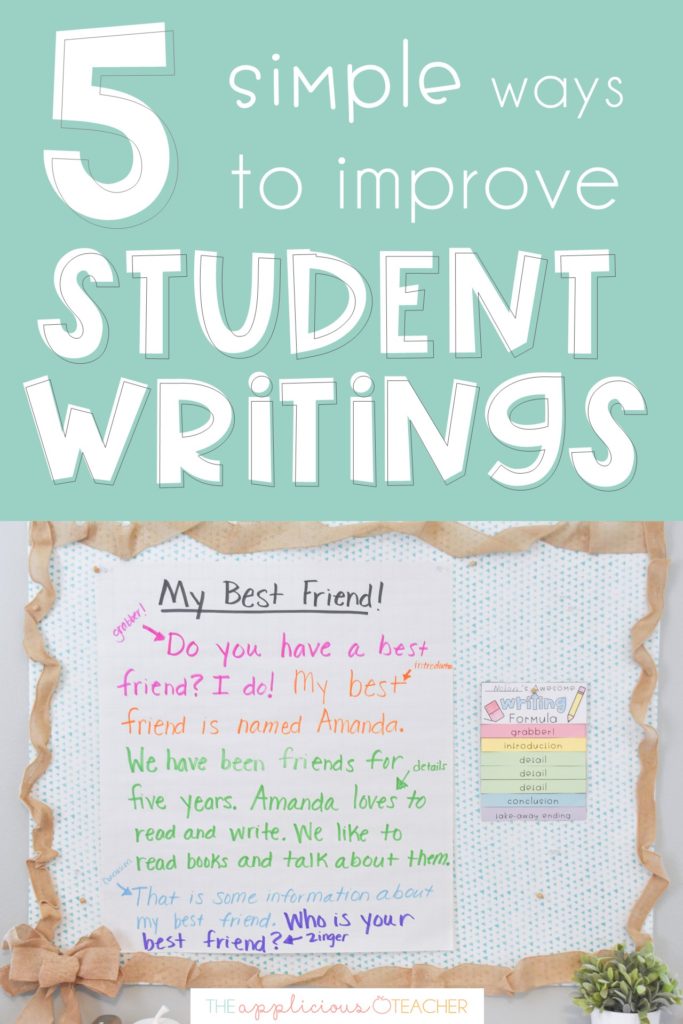
Tip For Improving Student Writing #1: MODEL! MODEL! MODEL!
Although it's not ground-breaking, I cannot stress this one enough! If we want students to write, WE have to write, too. Almost every writing lesson I do, I model what I am looking for. And not just a "here's what it should look/sound like model"… but an "actually writing it out in front of them" model!
Things you can model for your students:
- indenting paragraphs on lined paper.
- capitalization and using the correct ending punctuation.
- using the word wall as a resource for words you are not sure how to spell. 😉
- re-reading what is written out-loud to make sure it makes sense.
- how to use a brainstorm to shape your writing
- beefing up a sentence using strong verbs and adjectives
So, when in doubt…? MODEL.MODEL.MODEL!
How This Looks in the Classroom
Alright, let's discuss how this looks in my classroom. At the beginning of the year, when we're working on a writing piece, my modeling looks much different than it will towards the end of the year. There is a high level of scaffolding, with simple text structure and content. I expect that most of my students will copy what I am writing, so I move slowly through the process.
Most of the writing magic happens on my whiteboard, so it's hard to share what my writings look like because I *gasp* erase them! But here's an example of a writing sample I made with my class when we were working on expository writings about our best friends.
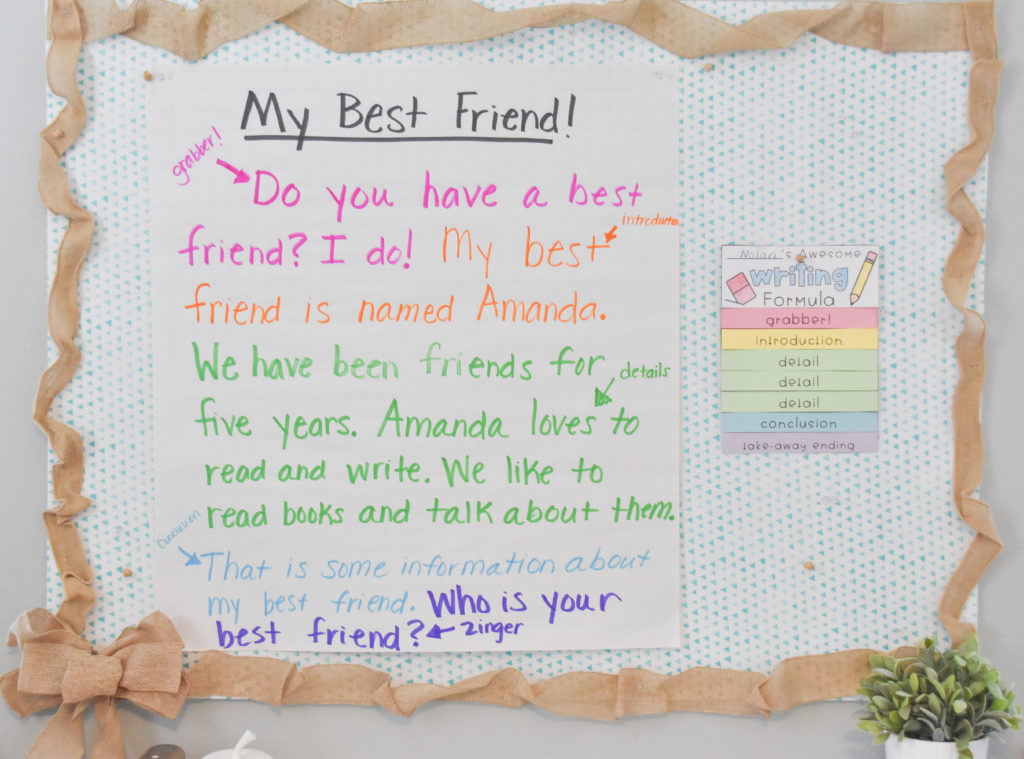
As I wrote, I switched to different colors. This was a perfect way to scaffold how to follow a writing structure (more on that in a minute) and still make the writing flow. Color-coded text can also be aligned to a rubric (keep reading for more on that…)!
As the year progresses, I still model. It just starts to mutate into less about what I am writing and more about what the students are writing. I might only write the grabber and an introduction sentence (more on those in a minute!) and then let the students fill in the supporting details. I may even swing back through at the end to brainstorm a few conclusion sentences and suggestions for zingers (Stay tuned!) As students are writing, I usually walk around and spot-check each student's piece. This includes reading a few sentences out-loud, discussing word choice, and brainstorming ideas.
It's important that you slowly let go as you model. You don't always want to be writing a full out piece every single time your class sits down to write. But, you also don't want to quit cold turkey. This could result in a riot! Not that I've had any personal experience with this… 😉 By the end of the year, my modeled writings become something to start from and students use them as they need to. I like to think of it as my time to enjoy the fruits of my labor! It is a beautiful sight to see when an eight-year-old writes a full-length expository essay with little to no help from their teacher!! #teachersdream #thatcanbereallifefolks
Tip for Improve Student Writing #2: Teach a Writing Formula
Teach a formula and stick to it! Most authors follow a formula when penning their latest novels, so shouldn't we teach an easy to remember the formula, too? Writing formulas can bend and change as what we expect from our students; writing changes. I've used several writing formulas in the past.
Writing formulas:
- B, 1-2-3, E – Stands for Beginning, 3 details, and an Ending. Works great with narratives!
- The Writing Robot – First, Then, Next, Last. Will do wonders for "How To's."
- The Awesome Writing formula- Grabber, Introduction, 3 details, closing, and a Zinger. (This is my favorite!)
Let' talk about The Awesome Writing Formula! I love this formula because it lends itself nicely to just a one-paragraph writing piece or can serve as a basis for a five-paragraph essay. This formula can be stretched and modified so easily for almost any genre of writing and guarantees an almost perfect written work every time!
At the beginning of the year, I like to create this tab book foldable with my kiddos to help cement the formula I'd like for them to use.
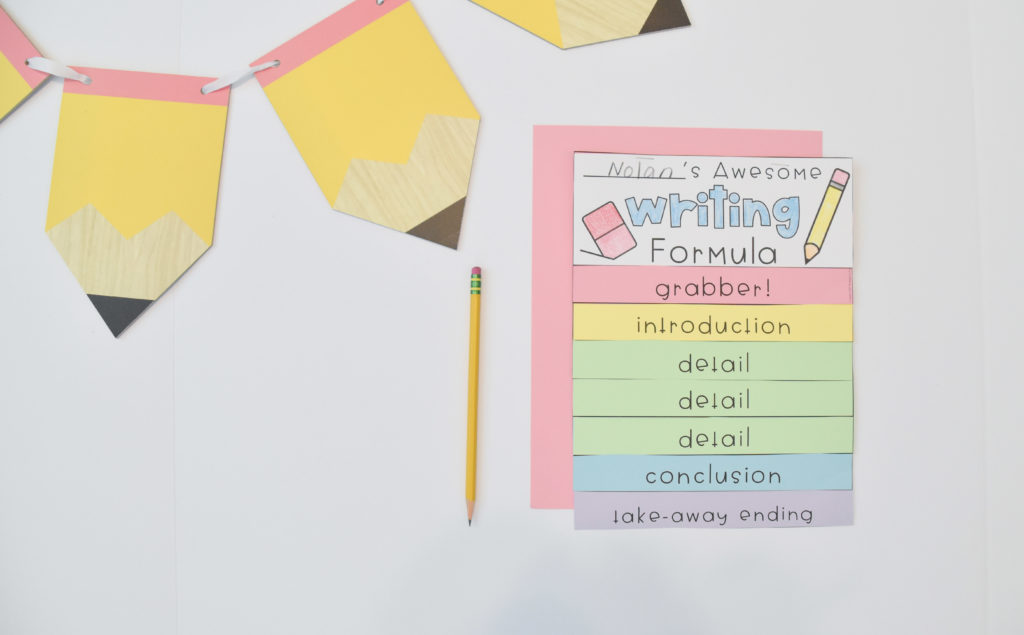
We label each tab with a different step. Then, on the inside, we write what each step is and an example of what it looks like. I won't bore you with each tab (We've got five tips to share here, people!), but I'll run through and share a bit about each step!
The Awesome Writing Formula sections:
- Grabber – Something to get your reader's attention. It could be a question, a sound word, or an event. Something that makes your reader say, "Hey,I want to read this!"
- Introduction- Tells your reader what you are writing about.
- 3 Details- Give three solid details to support your introduction. This is great because later, students can use these details to create full detailed paragraphs in a much longer piece of writing.
- Conclusion- Remind your reader what you wrote.
- Zinger- (*Side-snap*) A question, a quote, a foresight… basically, something that leaves your reader wondering more and thinking back to what a great writing this was!
Once you've figured out your formula routine, stick to it. Refer back to it often. Use it every time you write. For a few of our writings at the beginning of the year, I like to have students color-code the specific parts using matching markers. Once the writing formula becomes a routine, you'll find students will continue to naturally use it every time they write.
Use this tab-book in your classroom too! Buy it here in my TpT Store!
Improving Student Writings Tip #3: Use a Rubric
A few years ago, my district became obsessed with rubrics. Everything should have a rubric. How else would students know what they were being graded on? I thought this was a very agreeable argument when it came to writing, so I jumped on board. I'll tell you what, guys, I'm never looking back! If you've purchased any of my writing crafts, you'll know I ALWAYS include a rubric.
How This Looks in the Classroom:
Rubrics are such a great way to remind students what a good piece includes. When you're first introducing the rubric, be sure to model how you are going back through the writing to find the items from the rubric and checking them off. Did I mention they make it easy to grade, too? 😉
At the beginning of the year, I create the rubric; but, as the year progresses, students start to add their own input. They can create their own rubrics! What a great way for students to take ownership, right?!
Improving Student Writing Tip #4: Buddy Editing
This little tip stems from the Common Core Standard that discusses using peer editors. Now, I know what you're thinking, "My littles can barely read, let alone read each other's writings." But I PROMISE it will be worth your while! Pinkie promise! Just stay with me on this one…
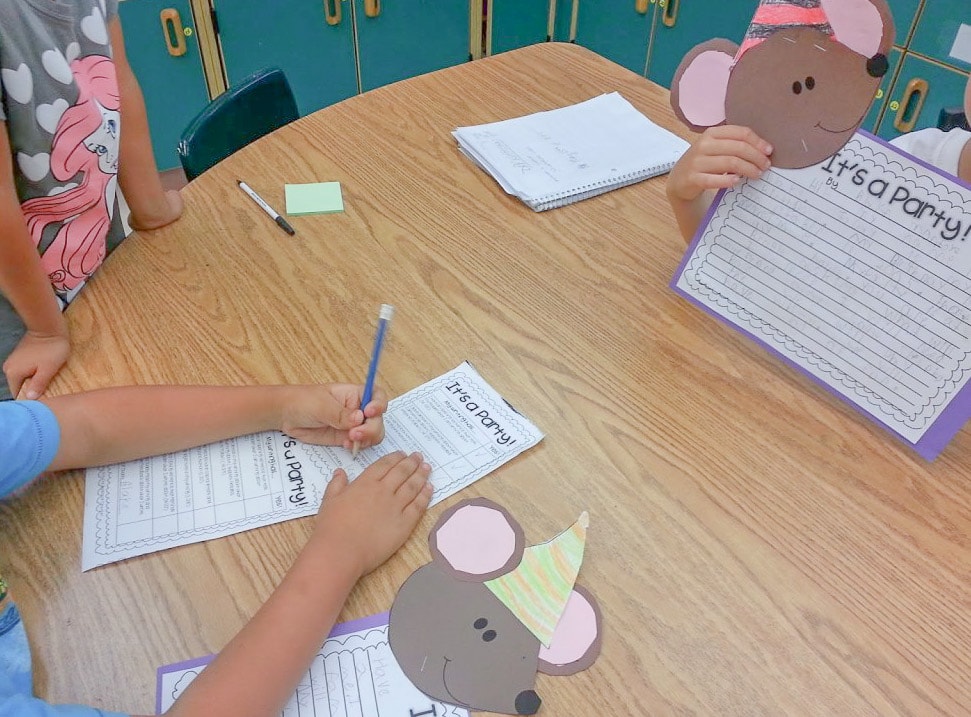
Taking the time at the beginning of the year to teach students how to "edit" a fellow student's work will save you hours (and I do mean hours) of editing time during your writing workshops.
How this looks in the classroom:
- Keep it age-appropriate. I don't teach editing symbols in 2nd grade, but I am sure I would if I taught 3rd or higher. I do teach that it's the buddy's job to make sure the writing makes sense, has good conventions (capitals and periods), and contains all the pieces in our writing formula (see tip #2). For younger students, you could have them use the "2 Stars and a Wish" technique where, after sharing their piece, each student gives 2 kudos and 1 suggestion or question for the writing.
- Use pencil only! Just because you taught them how to edit, doesn't mean they'll do it perfectly every time. Pencil allows for those little marks to be erased or moved while you're editing later.
- Not all editors are created equal. Just like not every student masters a concept on the first try, not everyone will be an amazing peer editor. Just remember that practice makes perfect and modeling makes it even better! 🙂
Alright, now for the last tip…
Improve Student Writings Tip #5: One on One Conference
If you were to walk away from this post and only try to implement one thing I've shared with you today, it should be this: One-on-One Conferences.
What is a one-on-one conference? Well… it is basically taking the time to sit, discuss, and edit everyone's paper. I know what you're thinking… "I already do this!" or "Ummm… Ain't nobody got time for dat!"
If you already do it, GREAT! You're one step ahead of the game! If not, then make time. Personal feedback has been proven to be far more effective than any other form of assessment. When you take the time to sit, read, and discuss a student's piece, you are telling them you care about their work, that you enjoy their work, and you want to them to do the best they can or even better than they ever thought they would.
When I sit down with my students, I "edit" their paper in the traditional way (capitals, punctuation) but I also discuss word choice, use of voice, and structure. This is my time to push that little writer a little bit more, making them exceed even my expectations. Each time I sit with them, I'm given an opportunity to correct, improve, and push. This is invaluable to their growth as a writer.
How this looks in the classroom:
So how do you make the time? I usually plan "editing" sessions into my writing workshop for several days. As students finish their rough drafts, they pull out their "unfinished work" folder. This is a signal to me that they are ready for me to look over their work. I'll call them to my back table, have the conference, and then send them on their way to work on their final copy.
While students wait, they can be working on an illustration, the craft that goes with it (I love my writing crafts!), or reading a book. It's dangerous to just have students sit. Don't play with classroom management fire! Make sure you have something meaningful for them to complete while you work through the crowd.
Have Your Writing DONE for the Year
Does planning your writing week after week stress you out? Take the stress out of creating meaningful and powerful writing opportunities with this chunky writing bundle!
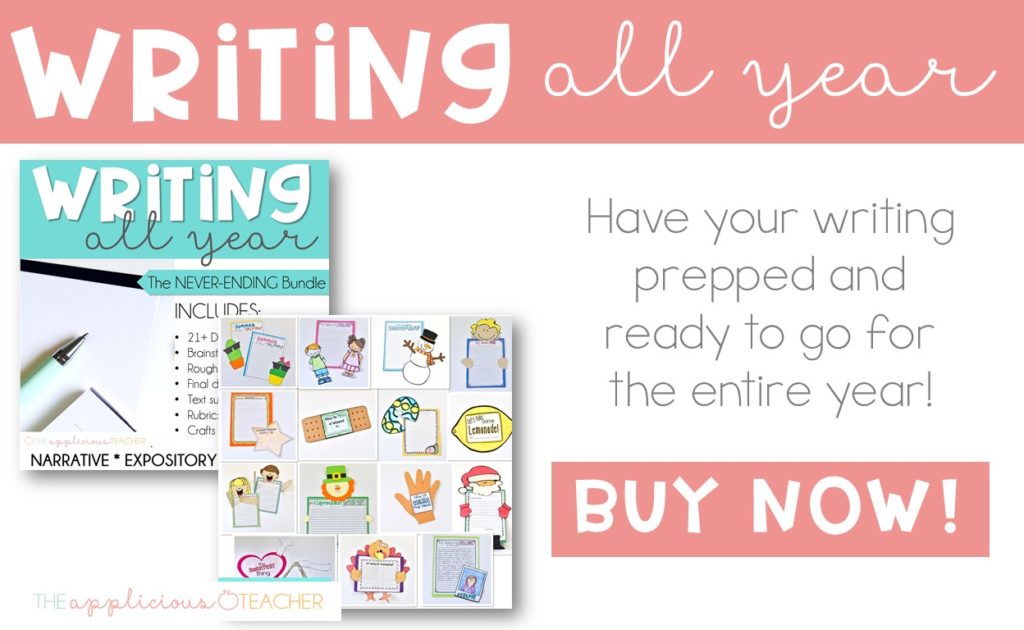
- Categories: ELA, expository writing, narrative writing, Persuasive writing, reading, writing
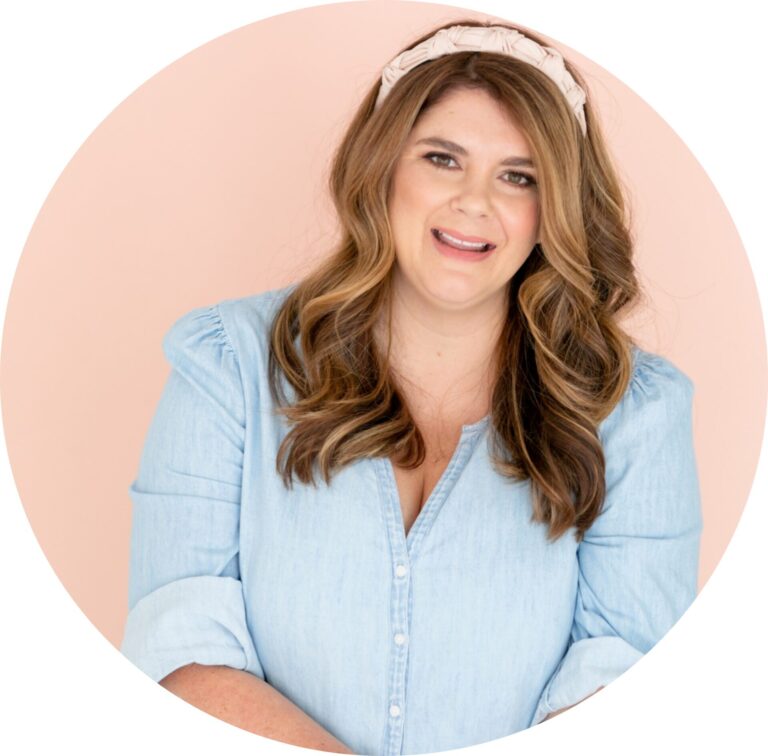
Hi, I'm Leigh.
The Applicious Teacher is all about creating hands-on and engaging lessons that align with the standards while still having time for your life. This is your place for ideas, tips, and resources for the REAL teacher!
![]()
Categories
- 2nd Grade
- Classroom
- Math
- Reading
- Writing
Recent Posts
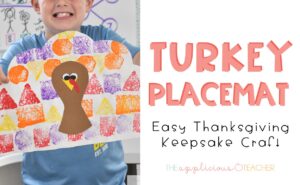
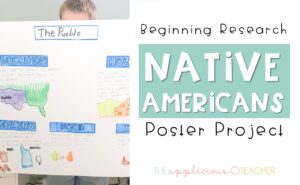
Popular in the Store
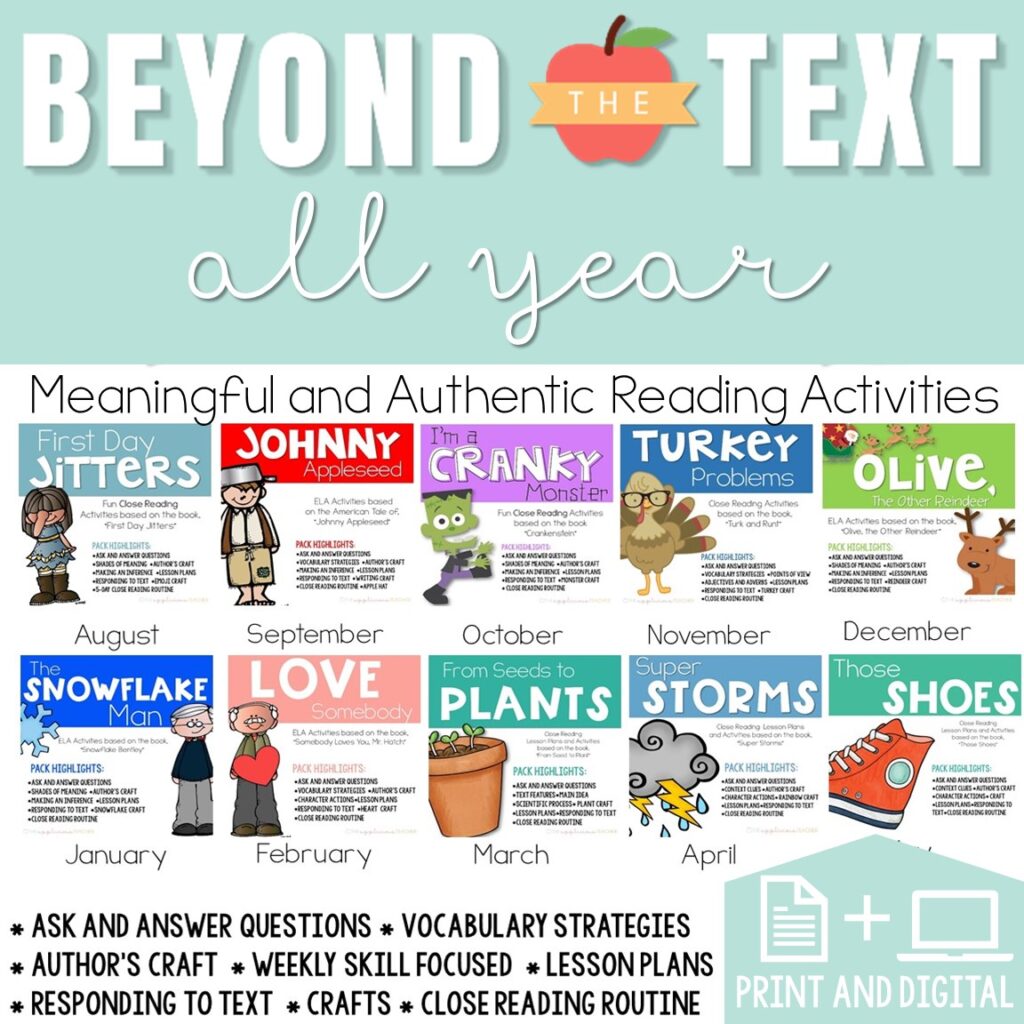
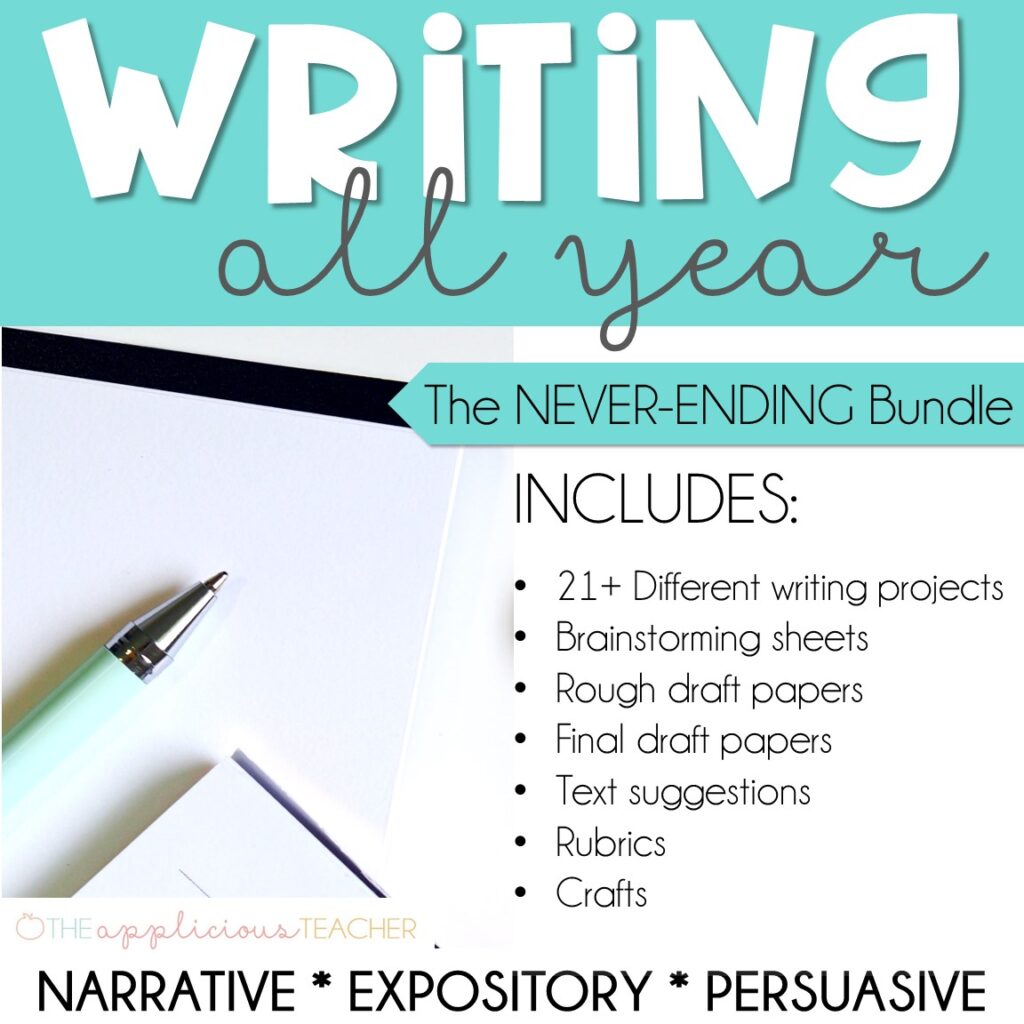
You may also enjoy...
How To Teach Writing To 2nd Graders
Source: https://theappliciousteacher.com/5-easy-tips-for-improving-studen/
Posted by: brooksanction.blogspot.com

21 Responses
I'm new to your blog but LOVE your creative and useful ideas! I have worked to improve writing workshop in my 2nd grade classroom throughout the last couple of years but I LOVE the idea of the formula flipbook and having them color code. What a great way to cement the concept. I looked through your links and love your creativity! Thanks for sharing! 🙂
Hey Megan! Thanks for your kind words! I know your student's writing will rock this year!
Leigh
This is a fantastic post! I always feel like I can improve in the area of writing instruction! Thank you for your wonderful ideas!
Hilary
Second Grade is Out of This World!
Thank you, Hilary! 🙂
I love this post! Your tips are great! Even though I am teaching upper grade now, they are applicable to me, too, with a few modifications/ additions. Writing is always an area I feel I can work on. Thanks for sharing!
I love this post, and I LOVE your blog! You always have the best ideas! I wish I could blog like you do. 🙂
~Kim
For the Love of Teaching
There are so many great ideas in this post! I felt like I was a pretty good writing teacher when I taught 4th grade, but this past year in 2nd grade I was lacking. I will definitely be incorporating rubrics and conferences this year. Thank you!
The Traveling Teacher
I have always struggled most with teaching writing. It's just SO messy and unpredictable. I was very inspired by this post. I think it will help me to stick to a formula, make better use of rubrics and peer editing, and especially make time for one-on-one conferences. It's those little steps that seem the most time consuming that really make the biggest difference. Thanks!
Thanks so much for these great tips! I am always looking to improve how I teach Writing. I'm looking forward to using what I have learned.
🙂
Great ideas, Leigh! Thanks for the reminders. Heading into my second year in second I've got a lot of change to look forward to. I can't wait to improve on what I did last year, and these tips will be a big help! 🙂
Enjoy the rest of your summer!
~Erin
Mrs. Beattie's Classroom
I think you share some great ideas regarding improving students writing – especially modeling and one-on-one conferences. After reading though, my mind was reeling with questions for you! I cannot help but feel like using the word "formula" can be dangerous when speaking about writing. The use of this word could make students feel like there is only one "right" way to produce writing. If they feel this way, then we have failed at creating a safe environment for students to write and share their ideas. With the expectations of Common Core, which you reference, I feel like formulaic writing is a thing of the past. The expectations require deeper thinking and a more fluid writing product. Although the writing standards themselves may lead to an easy checklist or rubric for each genre, I'm not sure formulaic writing fits in. When teaching writing to a formula, the process of writing can be stifled. If we are facilitating for our students and providing a comfortable environment for them to "talk using their pencils" then they should also be provided with examples of writing that vary. We can all write about the same thing, but none of our writing should look exactly the same. Of course, students ideas will vary, but what about the flow of their writing? Their voice? Conferencing about word choice would be a great way to combat this, but I can't help but wonder if students will always go back to the formula. Having taught a variety of grades, the most difficult thing to combat for me as a teacher is negative student attitudes toward writing. It is our responsibility to foster of love of learning – of reading and of writing. The most popular question in my fifth grade classroom at the beginning of the year would be "How long does it have to be?" This question has a connection to formulaic writing. Don't get me wrong, I am guilty of having a display or checklist showing OREO for argumentative writing, etc. But these were meant as guidelines – not the end all be all. I believe that if students are encouraged to get their ideas down on paper first, experience that organic feeling of transcribing thoughts to paper, that structure and organization tend to follow right behind (with scaffolding of course). My concern is that relying on formulaic writing will take away students' ownership of their ideas and of their writing. When using rubrics, do they have a say in what the rubric lists? Are the aspects of great writing discussed? Are different exemplary texts shown? Being a teacher of young students, I feel it is important to show students that it is okay to write just for ourselves. We do not always write for an audience, whether that audience is a group of peers or a panel grading a writing exam. My hope is that in classrooms that use formulaic writing, opportunities are also being given for students to write freely, without constraint.
After reading your post, I also read these:
http://commoncorewritingacademy.com/2014/04/21/the-kind-of-writing-that-common-core-demands/
http://writestepswriting.com/Blog/tabid/241/EntryId/27/Top-Ten-Teaching-Writing-in-the-Common-Core.aspx
Thank you for your time!
WOW! Thank you for sharing such a wonderful and detailed opinion on writing instruction. I think you missed the point of my post, but I appreciate you taking the time to read and comment. I totally agree that student's should feel unrestrained when writing, but I am a firm believer that teaching writing structure (especially for reluctant writers) will further creative writing. It harbors a "safe house" where students feel they can explore the writing process without worrying about structure. I've seen this structure used to create elaborate multi-chapter stories from 8 year olds in my own classroom. That's the beauty of it. It can be bent and molded to fit the needs of the user, while serving as a reminder of the key components exceptional writings pertain. The formula I mention is just the "training wheels" for students to use before they write on their own. Once again, I appreciate you taking the time to share and for starting this writing instruction dialogue. Thanks!
Leigh
So…this is one of my all time favorite posts of yours! 🙂 Where to begin?? *rubbing hands together*
I loved the scaffolded writing you provided from Amy! 🙂 The color coding is a great way to help students–especially ESE students–learn how to produce a solid piece with the components that are necessary for writing that ends with a sense of completeness.
I love organic writing as much as the next person does, but…at the end of the day, offering children a formula helps them to recall what is necessary for good primary writing. Within that formula, there is much flexibility to write with your own thoughts…but…without the rigor of the frame, primary learners will be great at ideas, and not so much at the structure…and I think that's detrimental to long term writing success. You know how I feel about rubrics! 🙂 Love them! 🙂 And yes…they make it much easier to grade and identify what I am looking for with each graded assignement! Buddy editing is SO MUCH FUN…love to hear firsties talk about writing–and encourage each other! 🙂 It's too precious! 🙂 Thanks for your post! 🙂 My team was talking about having a different approach to writing…and I think this would be a perfect discussion starter for us! 🙂
You're brilliant! 🙂
XOXO,
Tamara
Thank you for your kind words, Friend! I am so glad you enjoyed this post. Best of luck to you and your team on the direction you take for writing. I love to think I could have sparked the discussion that inspired teachers to focus on writing instruction in their class!
Leigh
Leigh,
This is such a meaty post! It is a must read for new and seasoned teachers. Let's face it-we, as teachers, all have strengths and weaknesses. My goal for this year is to do more peer editing with firsties. It is so hard at the beginning, but it all comes back to MODELING and lots of practice.
Thanks for sharing!
Tammy
Hello, Leigh. I'm a new Language Arts tutor at the local Literacy Council, so of course I'm not nearly ranked with all the "real teachers", and you certainly don't need validation from me! But as I've been researching ways to help my class of adult learners, I've already uncovered a lot of documentation that unequivocally agrees with the strategies you've listed here. Now if only those resources outlined things as simply and clearly as YOU have…hmmm.
Even though my students are adults, most have no frame of reference for any writing skills. So I need to offer structure & the basics. I have been giving formulas to get them started, and conferencing, but didn't know that I should be modeling more. However, it makes perfect sense, as does the rubric, and I LOVE the peer editing idea.
So, thank you for sharing this post; I've learned some great things here. I can't wait to implement your tips, and I'm sure my students will benefit.
Kind regards,
Meg
Hey Meg! Anytime you work teach someone SOMETHING, you are a teacher. Some days, I'm not a teacher, but a mom or nurse to my littles! I am so glad you stopped to share your story with me! The fact that you are able to take away teaching tidbits to better help your adult pupils is AWESOME!
WOW! Thank you so much for sharing. Over in the UK we like to use Talk for Writing a lot and it seems to be effective but I will try to incorporate your ideas, too. Thank you! 🙂
Comments are closed.